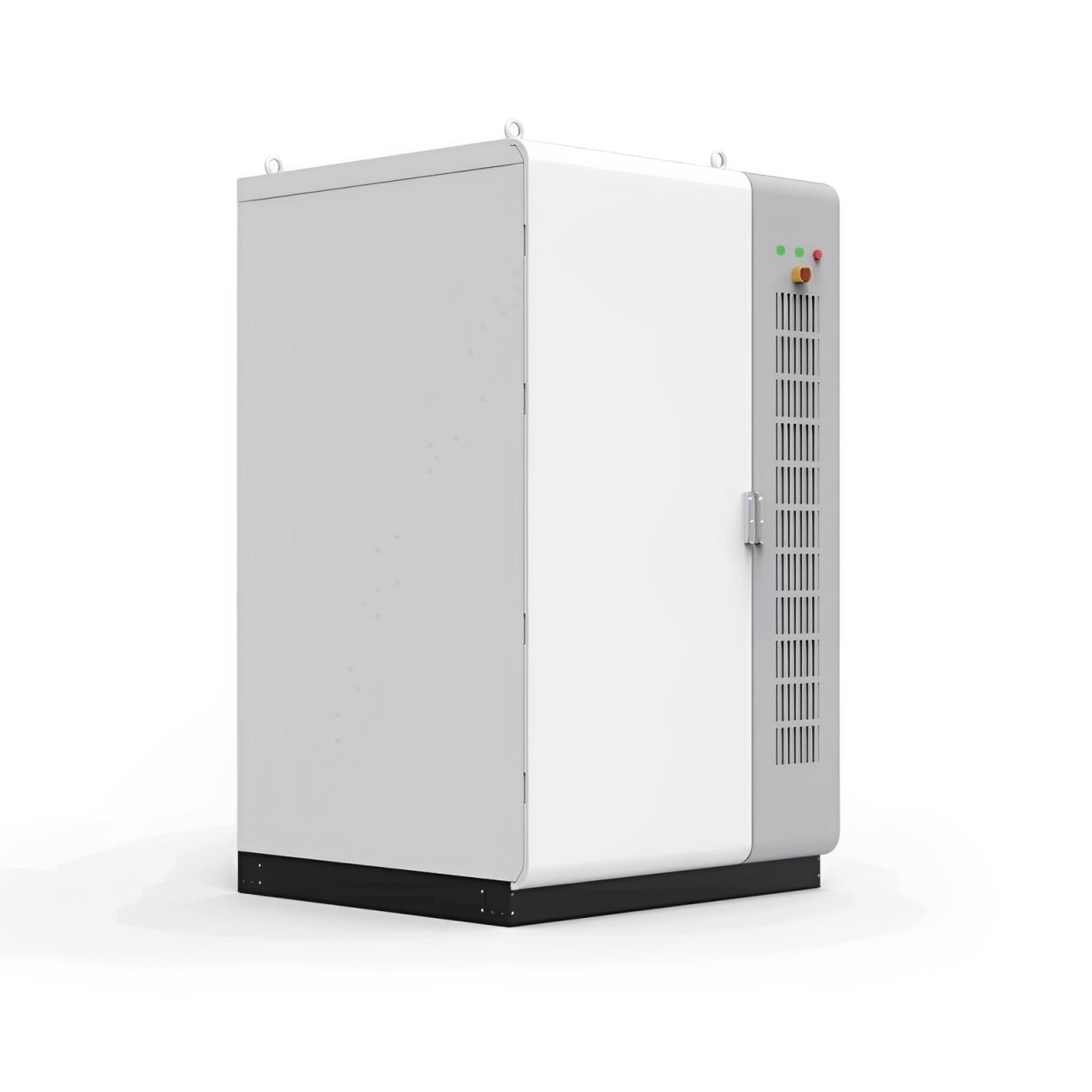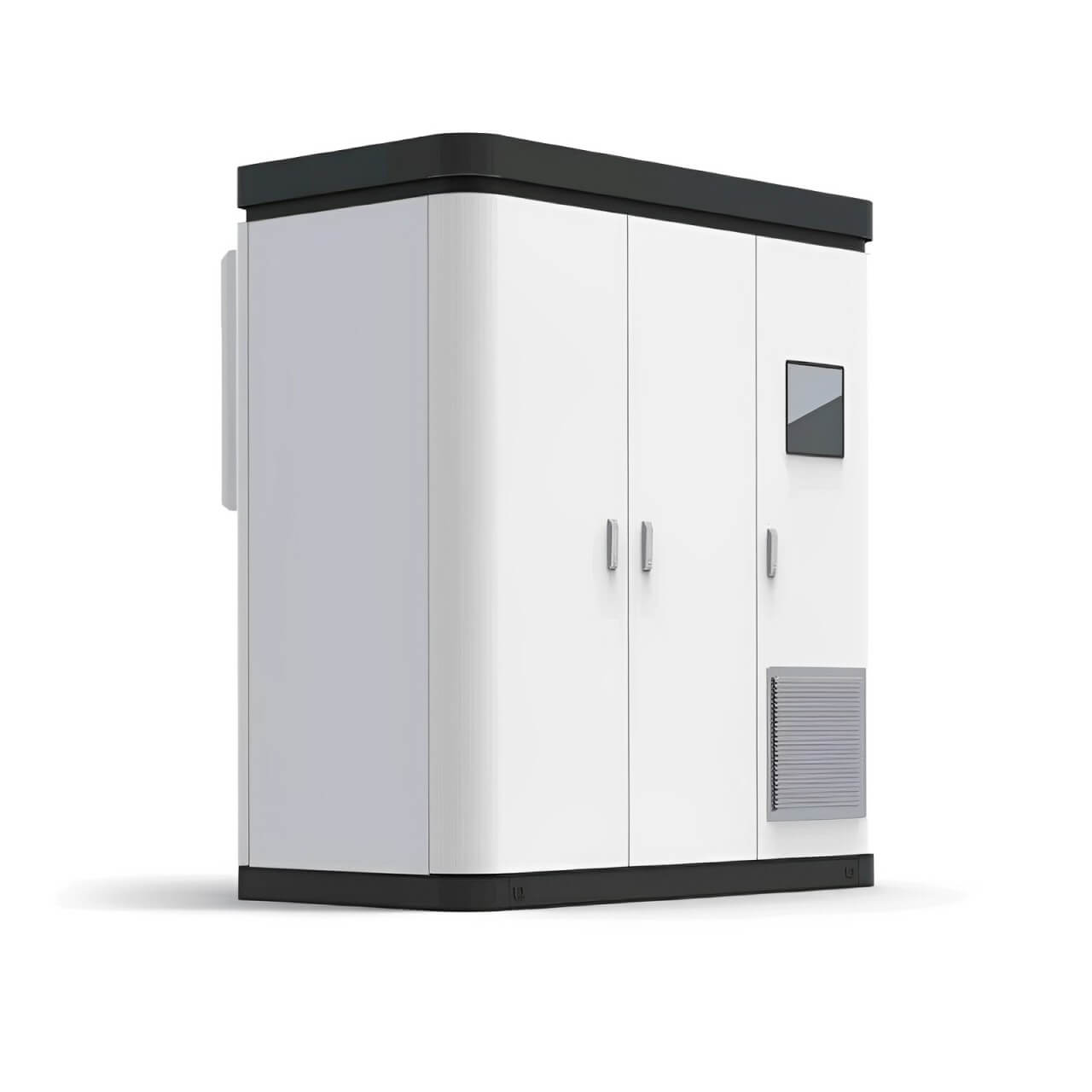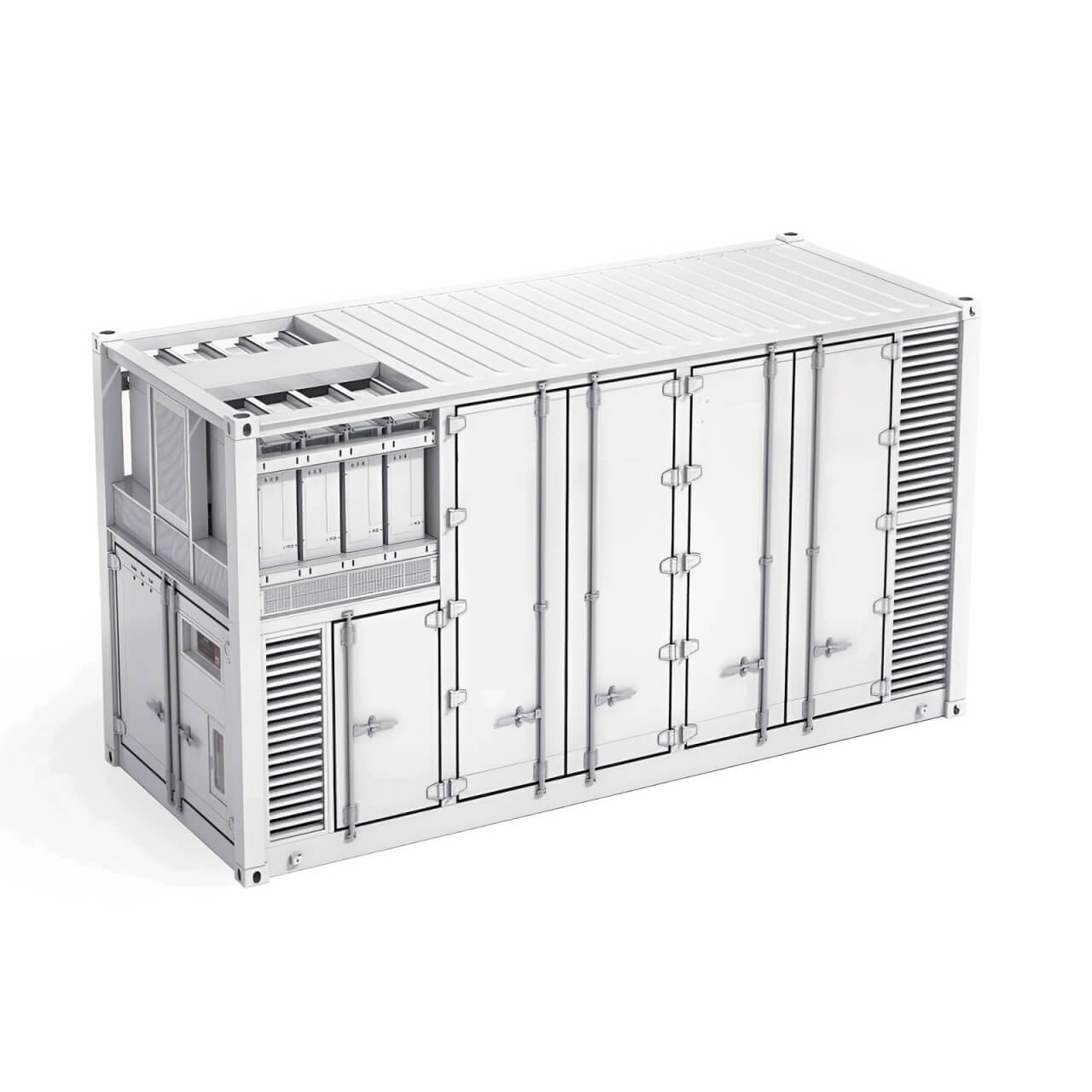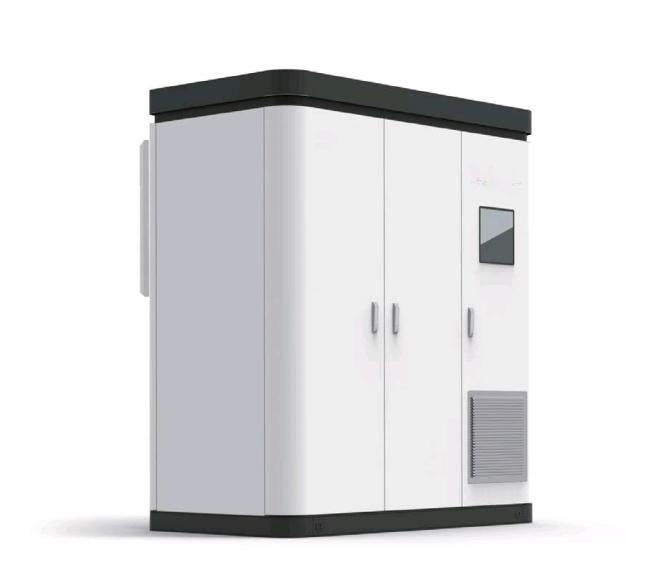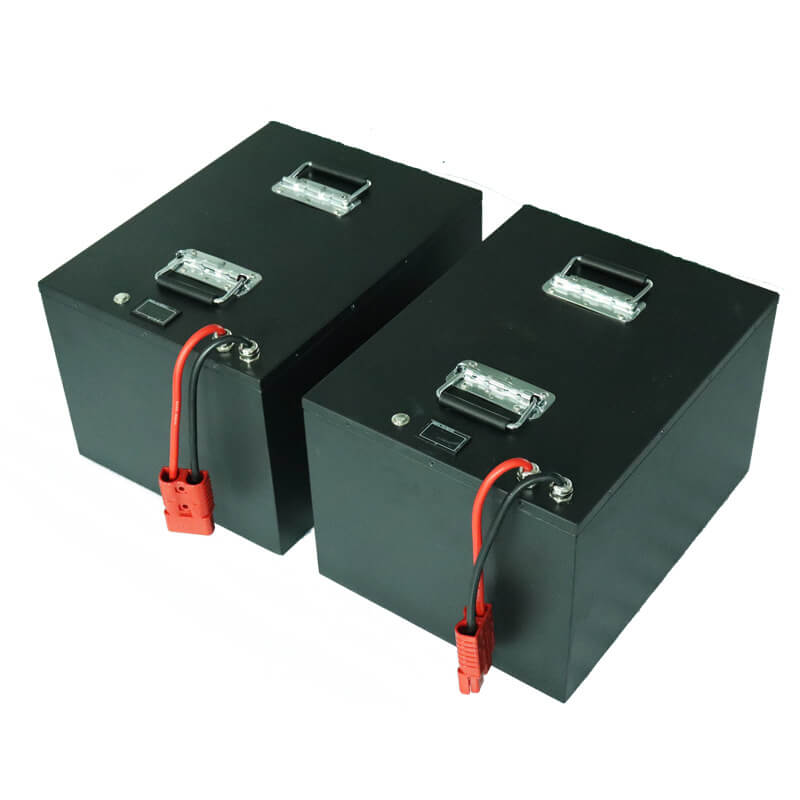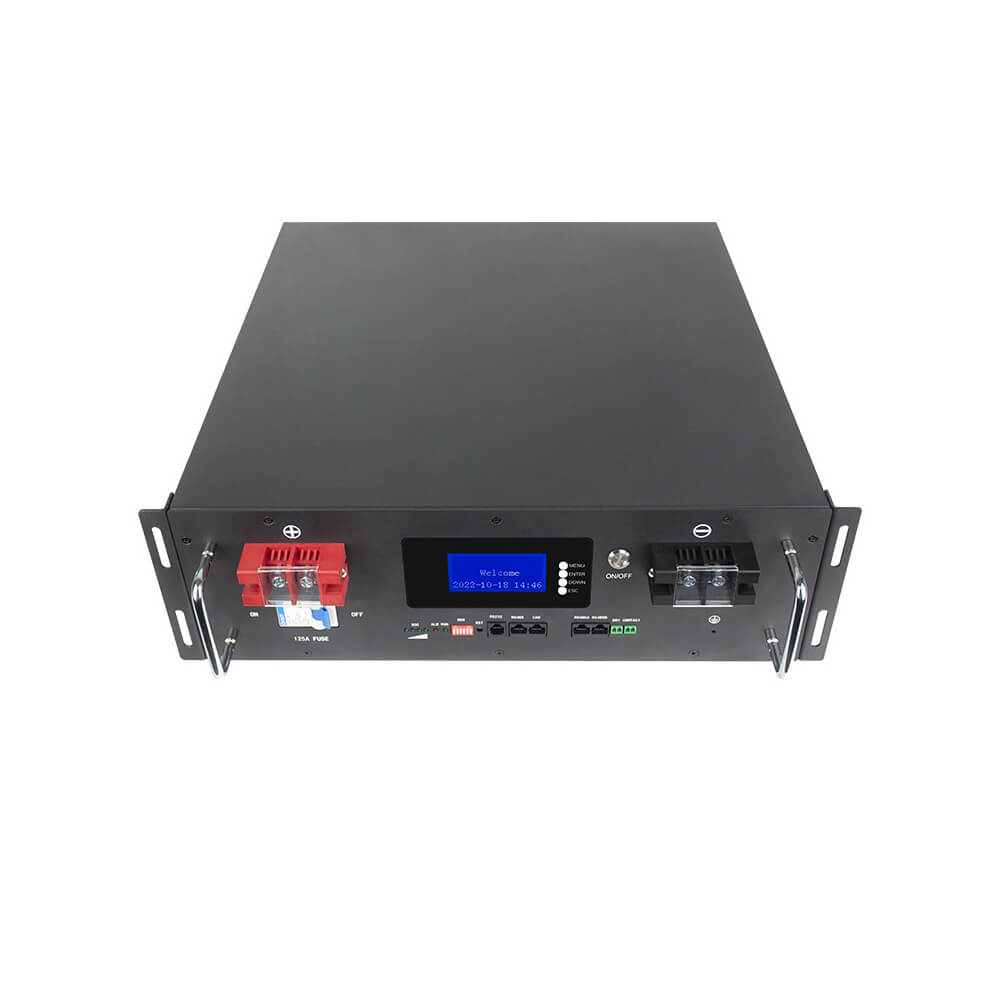Battery management systems range from simple to complex and can embrace a wide range of different technologies to achieve their prime directive to “take care of the battery.” However, these systems can be categorized based upon their topology, which relates to how they are installed and operate upon the cells or modules across the battery pack.
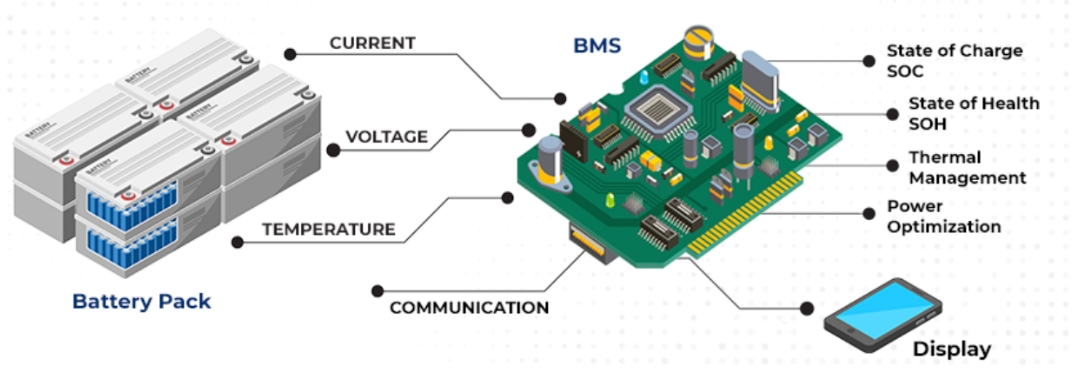
Centralized BMS Architecture
Has one central BMS in the battery pack assembly. All the battery packages are connected to the central BMS directly. The structure of a centralized BMS is shown in Figure 6. The centralized BMS has some advantages. It is more compact, and it tends to be the most economical since there is only one BMS. However, there are disadvantages of a centralized BMS. Since all the batteries are connected to the BMS directly, the BMS needs a lot of ports to connect with all the battery packages. This translates to lots of wires, cabling, connectors, etc. in large battery packs, which complicates both troubleshooting and maintenance.
Modular BMS Topology
Similar to a centralized implementation, the BMS is divided into several duplicated modules, each with a dedicated bundle of wires and connections to an adjacent assigned portion of a battery stack. See Figure 7. In some cases, these BMS submodules may reside under a primary BMS module oversight whose function is to monitor the status of the submodules and communicate with peripheral equipment. Thanks to the duplicated modularity, troubleshooting and maintenance is easier, and extension to larger battery packs is straightforward. The downside is overall costs are slightly higher, and there may be duplicated unused functionality depending on the application.
Primary/Subordinate BMS
Conceptually similar to the modular topology, however, in this case, the slaves are more restricted to just relaying measurement information, and the master is dedicated to computation and control, as well as external communication. So, while like the modular types, the costs may be lower since the functionality of the slaves tends to be simpler, with likely less overhead and fewer unused features.
Distributed BMS Architecture
Considerably different from the other topologies, where the electronic hardware and software are encapsulated in modules that interface to the cells via bundles of attached wiring. A distributed BMS incorporates all the electronic hardware on a control board placed directly on the cell or module that is being monitored. This alleviates the bulk of the cabling to a few sensor wires and communication wires between adjacent BMS modules. Consequently, each BMS is more self-contained, and handles computations and communications as required. However, despite this apparent simplicity, this integrated form does make troubleshooting and maintenance potentially problematic, as it resides deep inside a shield module assembly. Costs also tend to be higher as there are more BMSs in the overall battery pack structure.
Functional safety is of the highest importance in a BMS. It is critical during charging and discharging operation, to prevent the voltage, current, and temperature of any cell or module under supervisory control from exceeding defined SOA limits. If limits are exceeded for a length of time, not only is a potentially expensive battery pack compromised, but dangerous thermal runaway conditions could ensue. Moreover, lower voltage threshold limits are also rigorously monitored for the protection of the lithium-ion cells and functional safety. If the Li-ion battery stays in this low-voltage state, copper dendrites could eventually grow on the anode, which can result in elevated self-discharge rates and raise possible safety concerns. The high energy density of lithium-ion powered systems comes at a price that leaves little room for battery management error. Thanks to BMSs, and lithium-ion improvements, this is one of the most successful and safe battery chemistries available today.
Performance of the battery pack is the next highest important feature of a BMS, and this involves electrical and thermal management. To electrically optimize the overall battery capacity, all the cells in the pack are required to be balanced, which implies that the SOC of adjacent cells throughout the assembly are approximately equivalent. This is exceptionally important because not only can optimal battery capacity be realized, but it helps prevent general degradation and reduces potential hotspots from overcharging weak cells. Lithium-ion batteries should avoid discharge below low voltage limits, as this can result in memory effects and significant capacity loss. Electrochemical processes are highly susceptible to temperature, and batteries are no exception. When environmental temperature drops, capacity and available battery energy roll off significantly. Consequently, a BMS may engage an external in-line heater that resides on, say, the liquid cooling system of an electric vehicle battery pack, or turn-on resident heater plates that are installed underneath modules of a pack incorporated within a helicopter or other aircraft. Additionally, since charging of frigid lithium-ion cells is detrimental to battery life performance, it is important to first elevate the battery temperature sufficiently. Most lithium-ion cells cannot be fast-charged when they are less than 5°C and should not be charged at all when they are below 0°C. For optimum performance during typical operational usage, BMS thermal management often ensures that a battery operates within a narrow Goldilocks region of operation (e.g. 30 – 35°C). This safeguards performance, promotes longer life, and fosters a healthy, reliable battery pack.

 简体中文
简体中文 Russian
Russian French
French German
German Japanese
Japanese Korean
Korean Arabic
Arabic Spanish
Spanish